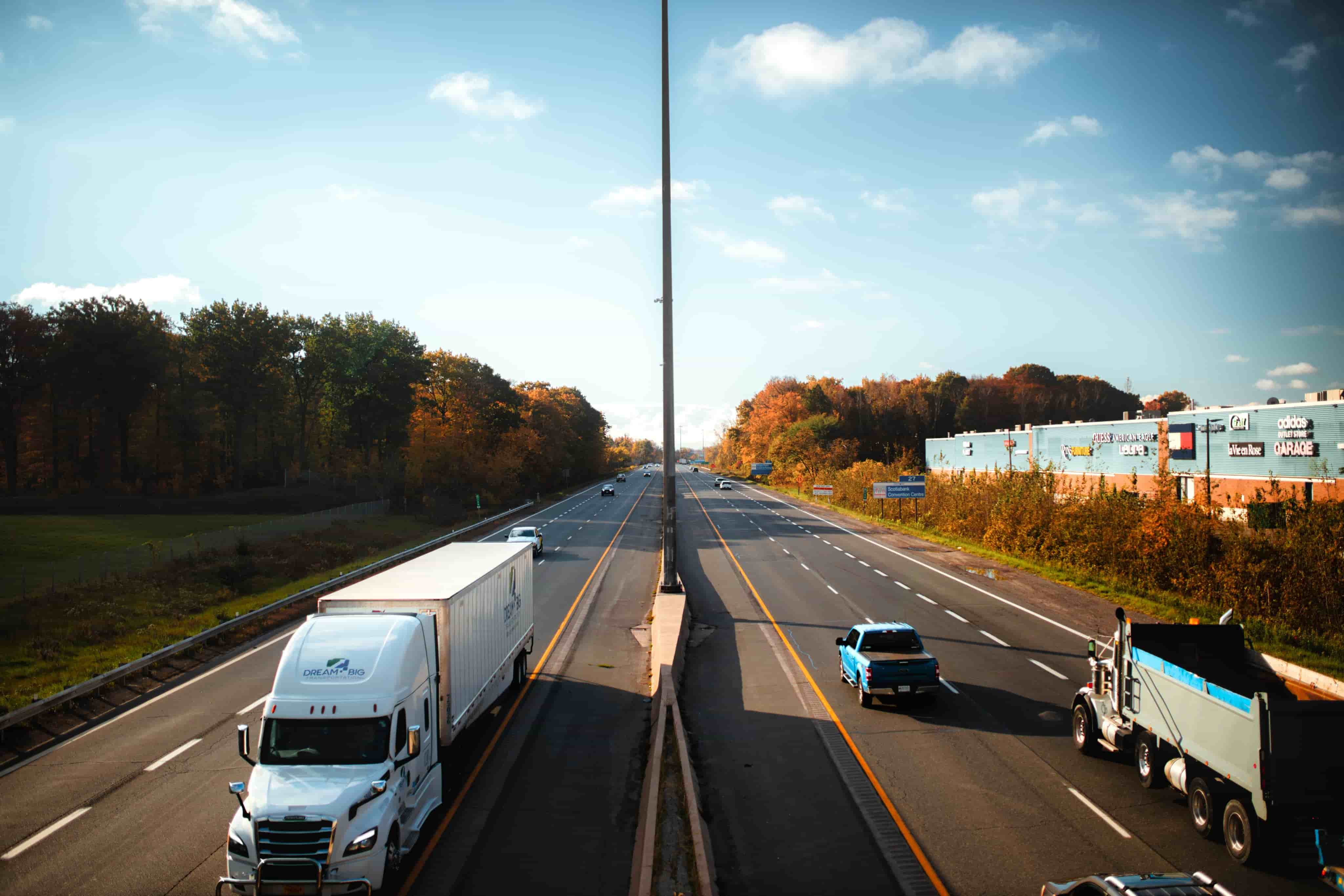
Dimensional Weight
Find out how FreightCenter carriers utilize dimensional weight instead of freight class to determine your cost to ship.
What Is Dimensional Weight?
Dimensional weight is a standard formula used throughout the freight industry. It is a formula that considers a shipment’s density when determining charges. Transportation charges are based on one of two factors—the gross weight of the shipment or the dimensional weight. Whichever of the two is greater will often be the applied charges. Simply put, dimensional weight is when the weight is less than the actual size of the package—for example, a box filled with inflated basketballs.
Commercial freight services often use dimensional weight charges. Companies such as the US Postal Service may use an estimated weight based on a box’s height, length, and width. Most freight shipping services originated by charges services based upon weight only. Lightweight large items were not profitable under this pricing structure. This caused the industry to create a dimensional freight pricing structure. Most carrier companies worldwide have adopted some form of dimensional weight calculations. To find out what carriers use for their specific calculation, visit their website. Use smaller boxes to avoid being penalized by dimensional weight charges. Do not risk packaging or damage to your shipped items by using too small of a package.
When Do Dimensional Weight Charges Apply?
When the actual weight of a package is less than the calculated dimensional weight, carriers may charge by the dimensional weight or the actual weight. Each carrier will have different guidelines for when dimensional charges may apply. Our freight agents can help you select the best methods or offer leading industry advice to help.
Award-Winning Service, Trusted by Shippers Everywhere!
- 2021, 2017 & 2016 Food Logistics’ Top Green Providers
- 2021 & 2018 Supply & Demand Chain Executives’ Pros to Know: Matthew Brosious
- 2020 & 2019 Top Food Logistics’ 3PL & Cold Storage Provider Award
- 2020 & 2019 Business Observer’s Top 500 Companies on the Gulf Coast
- 2020 & 2017 SmartWay® Transport Partner
- 2020 & 2017 Food Logistics’ Champions: Rock Stars of the Supply Chain
- 2020 Best of Palm Harbor Awards for Local Businesses
- 2017 Green Supply Chain Award from Supply & Demand Chain Executive
- 2017 Tampa Bay Business Journal Heroes at Work
- 2016, 2015, & 2012 Food Logistics Top 100 Software and Technology Providers
- 2013 Tampa Bay Business 100 by Tampa Bay Business Journal
- 2013 Top 100 Great Supply Chain Partners by SupplyChainBrain
- 2012 TIA Samaritan Award Honorable Mention
- 2012, 2011 & 2010 TBBJ Fast 50 Recipient
- 2013, 2011, & 2010 Diversity Business Top Businesses

To create value for our customers by delivering customized shipping solutions that meet their unique needs and to fulfill shipping demands from simple to complex with expertise, guidance and ingenuity.
Rail shipping is a cost-effective and environmentally friendly transportation method that utilizes trains to move goods over long distances. It's known for its efficiency in handling large volumes of cargo, making it a sustainable and economical choice for businesses seeking reliable freight transport options.
Expedited shipping is a premium service designed to meet urgent delivery needs. It prioritizes speed and quick turnaround, ensuring that packages or goods reach their destination faster than standard shipping options. Expedited shipping is the go-to choice when time-sensitive deliveries are essential, providing businesses and individuals with reliable and prompt service for critical shipments.
White glove shipping is a premium service that goes beyond standard delivery, offering meticulous handling, specialized packaging, and in-home setup or installation for valuable or delicate items, ensuring a seamless and hassle-free experience for customers.
Less than truckload (LTL) shipping is a smart logistics solution for businesses with smaller shipments. It combines multiple smaller shipments into a single truckload, optimizing space and reducing costs. LTL shipping offers affordability and efficiency while ensuring timely delivery, making it an ideal choice for companies looking to save on transportation expenses without compromising on service quality.
Thousands of businesses trust FreightCenter to move their freight faster, smarter, and cheaper! From unbeatable rates to top-notch service, our customers are raving about their shipping success.
See why they keep coming back!
Dimensional Weight FAQs
Q. How is dimensional weight calculated?
A. Dimensional weight is calculated by multiplying the package’s length, width, and height (in inches) and dividing the result by a dimensional factor determined by the carrier. This dimensional weight is then compared to the actual weight of the package, and the higher value is used to determine shipping costs.
Q. Why do carriers use dimensional weight pricing?
A. Carriers use dimensional weight pricing to ensure fair pricing for shipping large, lightweight packages that occupy significant space in their vehicles or transport containers. This pricing model helps carriers optimize space utilization.
Q. When is dimensional weight used to calculate shipping costs?
A. Dimensional weight is typically used to calculate shipping costs when the dimensional weight of a package exceeds its actual weight.
Q. Are there specific dimensional weight calculation formulas used by different carriers?
A. Yes, different carriers may use slightly different dimensional weight calculation formulas and dimensional factors. Shippers should refer to the specific dimensional weight policies and guidelines provided by the carrier they are using for shipping.
Q. How can shippers accurately calculate dimensional weight for their packages?
A. Shippers can accurately calculate dimensional weight by measuring the length, width, and height of their packages in inches, multiplying these dimensions, dividing the result by the carrier’s dimensional factor, and rounding up to the nearest whole number to determine the dimensional weight. Many carriers also provide online dimensional weight calculators or tools to simplify this process.


